*The recent, terrible floods may seem dissuasive when considering a visit to Venice. And while we originally intended this article to be a tribute to Venice's secret artisans and lesser-known sights, it serves equally well as inspiration for an off-season trip. Not only to witness the Acqua Alta as it continues to unfold but to visit Venice's artisans and small businesses, to help them to recuperate after one of the city's worse floods. So please grab a pair of knee-length galoshes and take the time to consider that Venice, for better or worse, is dependant on our patronage and deserves our love, no matter the weather!
A Hidden Vineyard
The tiny green island of Mazzorbo sits on the other side of a wooden footbridge on Burano. Here, colourful houses and a fairytale tower hide a secret vineyard that grows the lagoon’s Dorona golden grape. Wines made from the grape, that somehow managed to adapt to the less than ideal terroir of the lagoon, were so sought after in medieval times that even the Doge would place a bottle on their tables as a sign of status and wealth. There’s an idyllic resort on Mazzorbo that’s set in breathtaking fields full of cherry trees and old vines glistening with tight bunches of golden grapes. As well as plenty of wine.
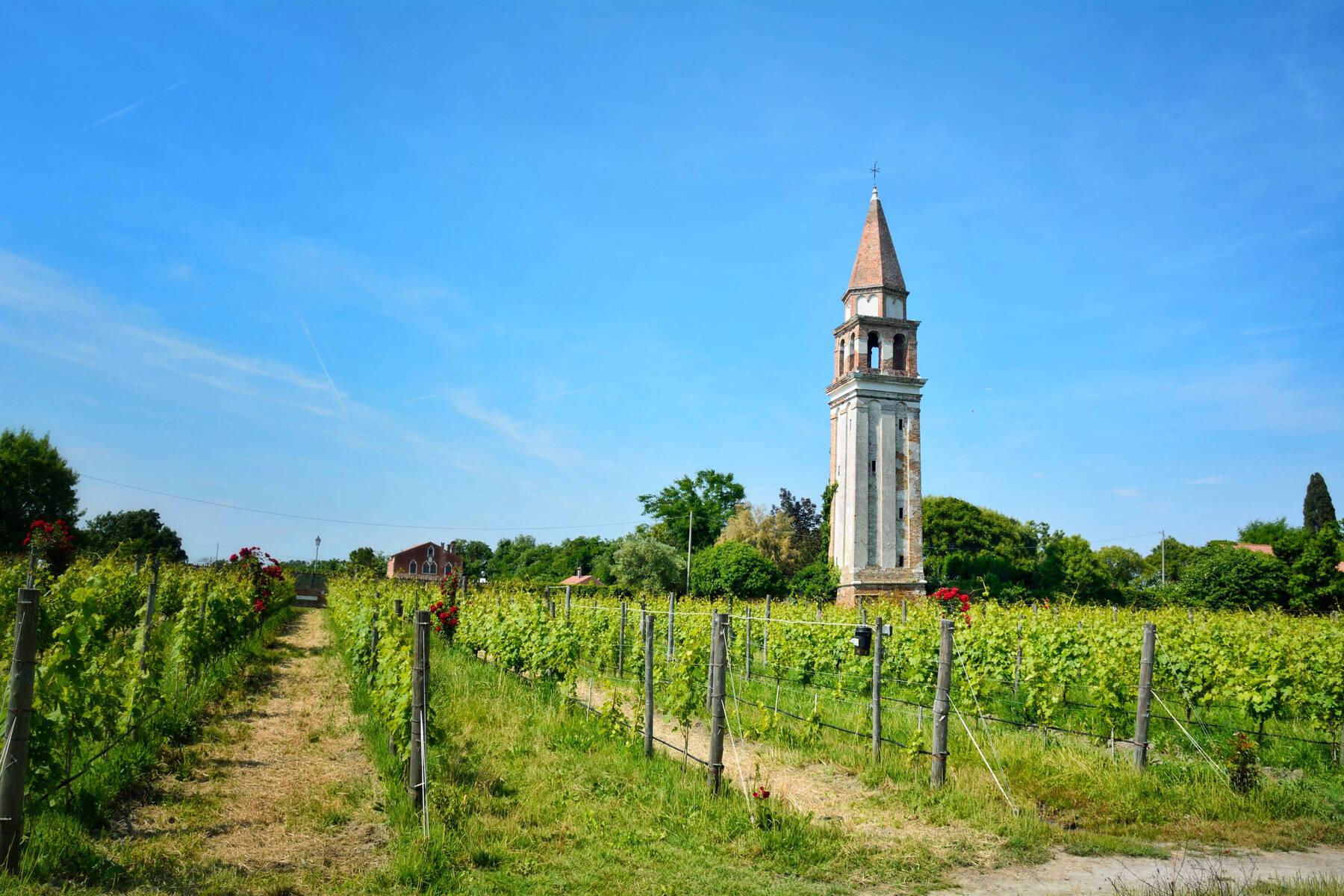
Mazzorbo Vineyard, Italy
Photographer: Foto Man
Books At The Libreria Acqua Alta
The books at Libreria Acqua Alta are crammed into every available space. There are bathtubs, barrels, canoes and gondolas all stuffed with books to protect against the rising tides of the Acqua Alta. Amusingly, the fire escape is a door that leads directly into a canal, and in the leafy garden there’s a solid stairway made out of old books with a handrail fashioned from an oar, that leads to a viewing platform complete with the promise of wonderful views, to those who dare ascend to its peak.
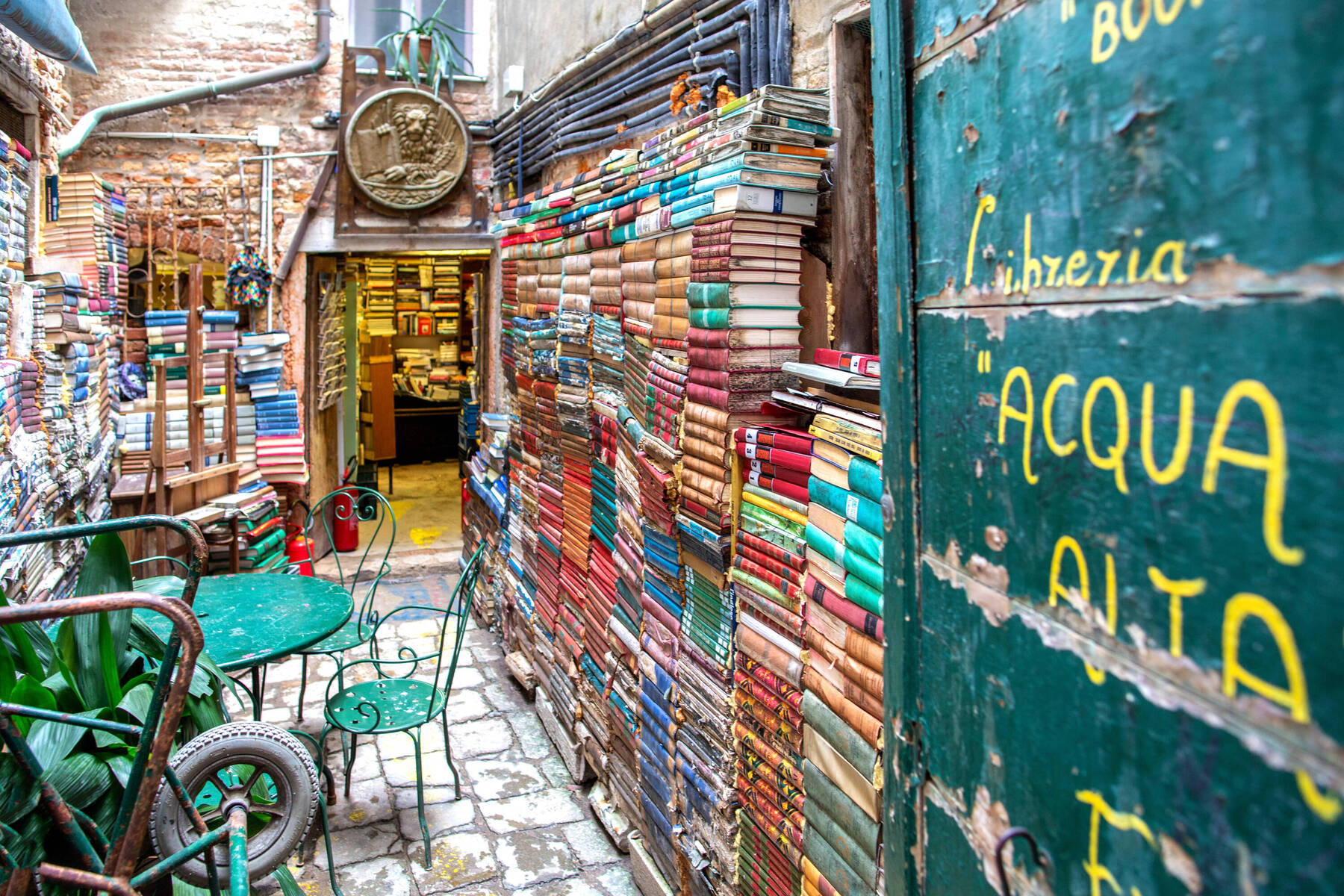
Libreria Acqua Alta book store
Photographer: Ihor Serdyukov
A Venetian Artisan: Paolo Brandolisio’s Workshop for art lovers
Paolo is one of only a handful of remaining remèri (a craftsman who specialises in making traditional Venetian Fórcolas - oarlocks - and oars) in Venice. Each Fórcola that he makes is crafted to the gondolier's personal requirements to ensure that he can properly perform the Voga alla Veneta (Venetian style rowing). His rustic workshop is busy with blocks of wood and warm with the scent of cherry, oak and mahogany.
Dusty images of Christ, la Piazza, and Paolo’s old mentor Giuseppi hang on the walls, obstructed in places by hanging oars and heavy ancient-looking tools. It is a true den of an artisan and it remains hidden from the hundreds of thousands of tourists who pass by just minutes away at the iconic Piazza San Marco.
Access to Paolo’s workshop is by appointment only but once inside you’re welcomed into a smokey world of Venetian secrets that was once home to Paolo’s mentor, the master Remèr Giuseppi Carli, whose 2-metre tall Fórcola is exhibited in the Museum of Modern Art in New York.
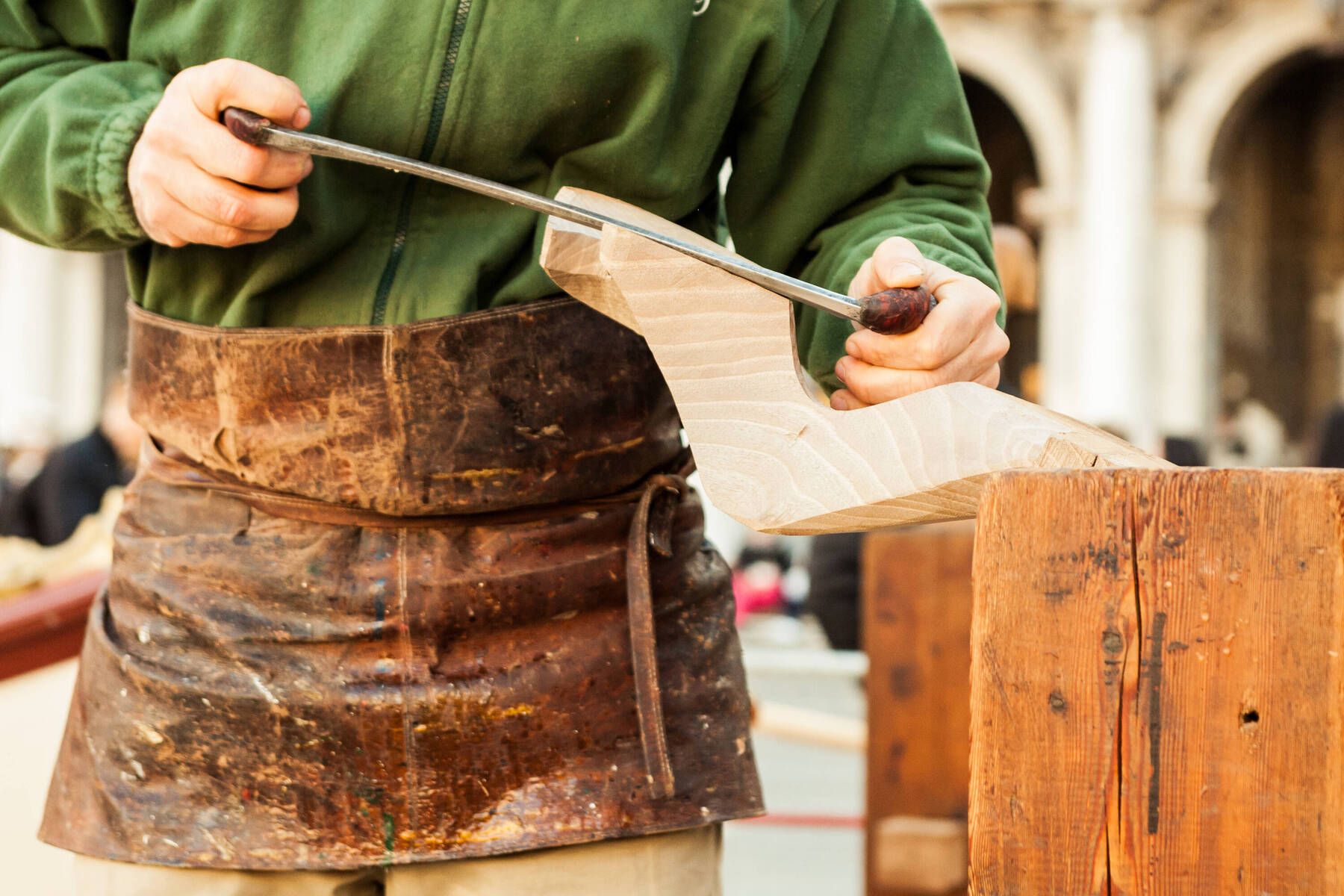
Construction of a Venetian gondola, Venice
Photographer: Vitmore
Take A Gastronomic Trip To Sicily Via Venice
A Beccafico on the elegant Campo Santa Stefano is as popular with well-heeled Venetians as it is with the tourists who manage to find it each evening. Book a seat on the cobbled terrace in the summer months but don't be dissuaded by a seat inside, that while not boasting the most beautiful interiors, is pretty enough in a traditional Michelin-chic kind of way. The Sicilian fare is at its best when kept to simple plates of seafood and pasta, such as the Sciabolini all’astice e polpa di granchio (lobster), but desserts are moreish and steaks are cooked to perfection. To attract a little attention to your table, order the mussel soup that’s covered with bread and then baked and delivered sealed and ready to be broken into. And when one does break the breaded seal, steam pours out onto the square, delivering a touch of Venetian theatre to A Beccafico’s unassuming Sicilian cuisine.
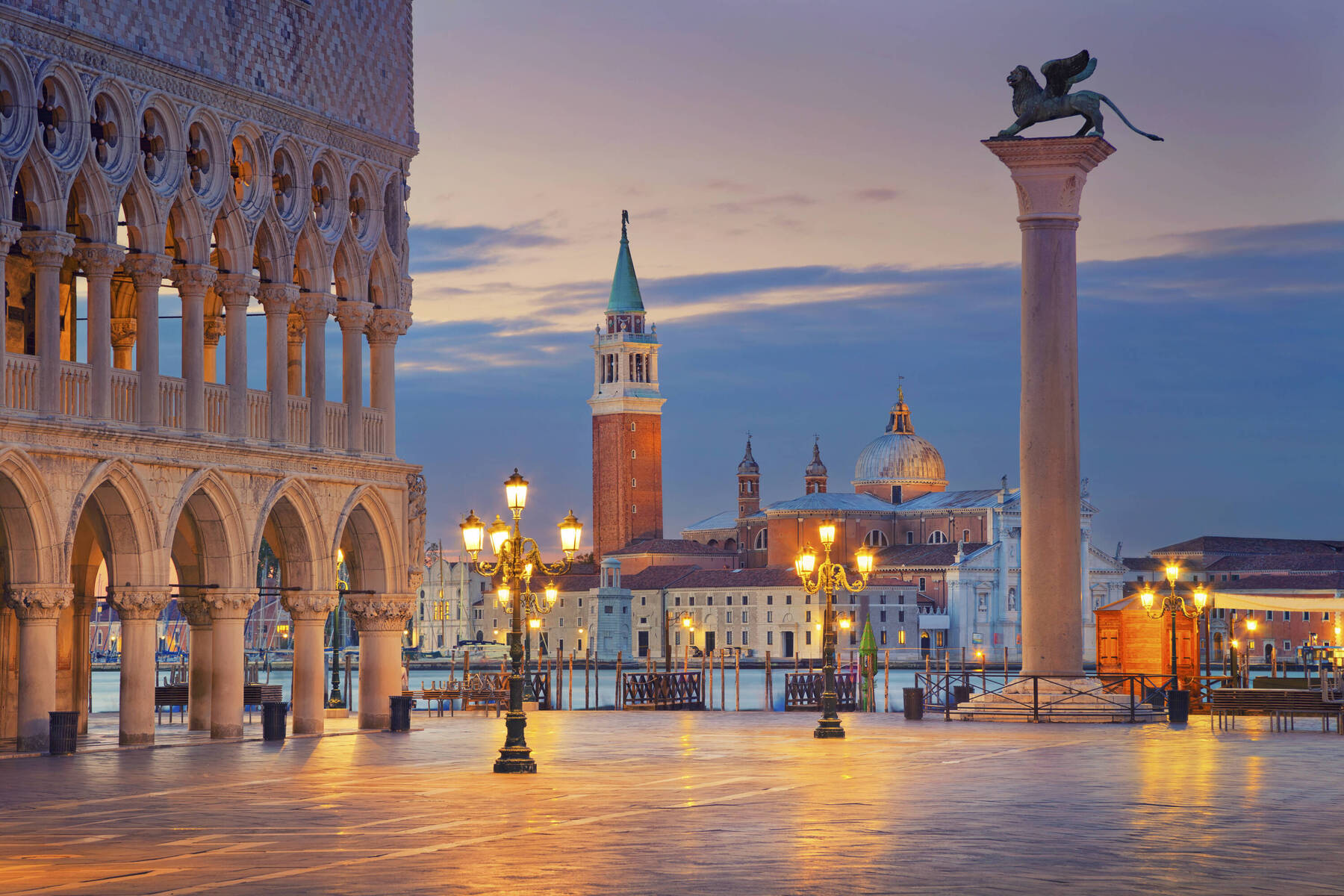
Campo Santa Stefano, Venice
Photographer: Rudy Balasko
Island Hopping: Isola di San Michele
The term ‘Island hopping’ usually conjures images of yachts anchored alongside stunning chunks of lush tree-topped emerald islands fringed by whitest gold, reaching elegantly skywards from sapphire seas, but alas, the Island of San Michele is a cemetery island, a Venetian memento mori. Even so, it’s a serene spot to spend an hour walking, and is full of atmospheric mausoleums and lines of (some very grand) memorials. The dome-topped Chiesa di San Michele in Isola on the banks of the island has the distinction of being the first piece of renaissance architecture to be built in Venice.
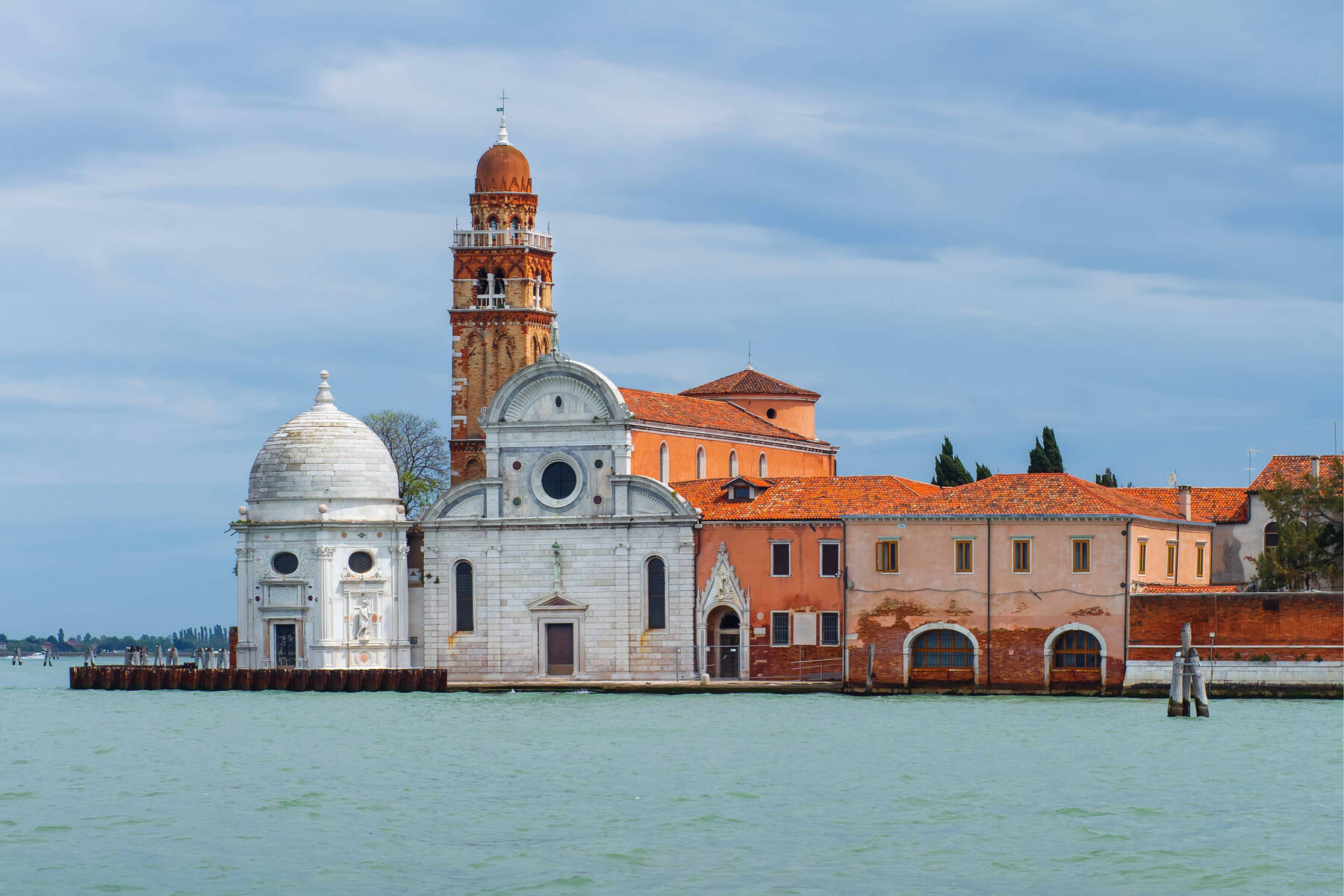
San Michele church in Venice, Italy
Photographer: Dzmitrock
Island Hopping: Burano
If Venice and its broken gothic architecture suffers from Melancholia, then Burano is drunken and cheery by comparison. Its houses are painted (every two years) in every imaginable colour: red, pink, yellow, blue, purple…, and it has a village-like atmosphere that isn’t a million miles away from London’s Notting Hill - perfectly Instagrammable and yet often quite empty - so just a little bit better than Notting Hill.

Burano in Venice, Italy
Photographer: Adeesa
Palazzo Contarini del Bovolo
Palazzo Contarini del Bovolo is unassuming from the front, but approach from the back and you’ll see its delightful multi-arched spiral staircase gripping to the palace walls like a snail or bovolo. Those with an appreciation of classic cinema will recognise it as Desdemona’s House in Orson Welles’s Othello.

Palazzo Contarini del Bovolo, Venice
Photographer: Lois GoBe
Lose Yourself
Any Venetian will tell you that if you’re not getting lost in Venice, then you’re not doing it properly. And the beauty of Venice and its 118 islands is as much due to the decay of its streets, bridges and palazzi as its art and byzantine churches. Evening rambles along the cobbled calle (Venetians use Calle instead of Via) of Cannaregio and Castello opens up a view onto Venice’s rich history like nowhere else in Venice.
Steps are rounded on the corners from centuries of use, walls in the Jewish Ghetto are broken and cracked with thick green veins of ivy sprouting from them. Old courtyards with broken wells lay untouched beyond crooked gates while stones fall from centuries’ old palazzos, causing locals and tourists alike to rush past, afraid of history falling on their heads.
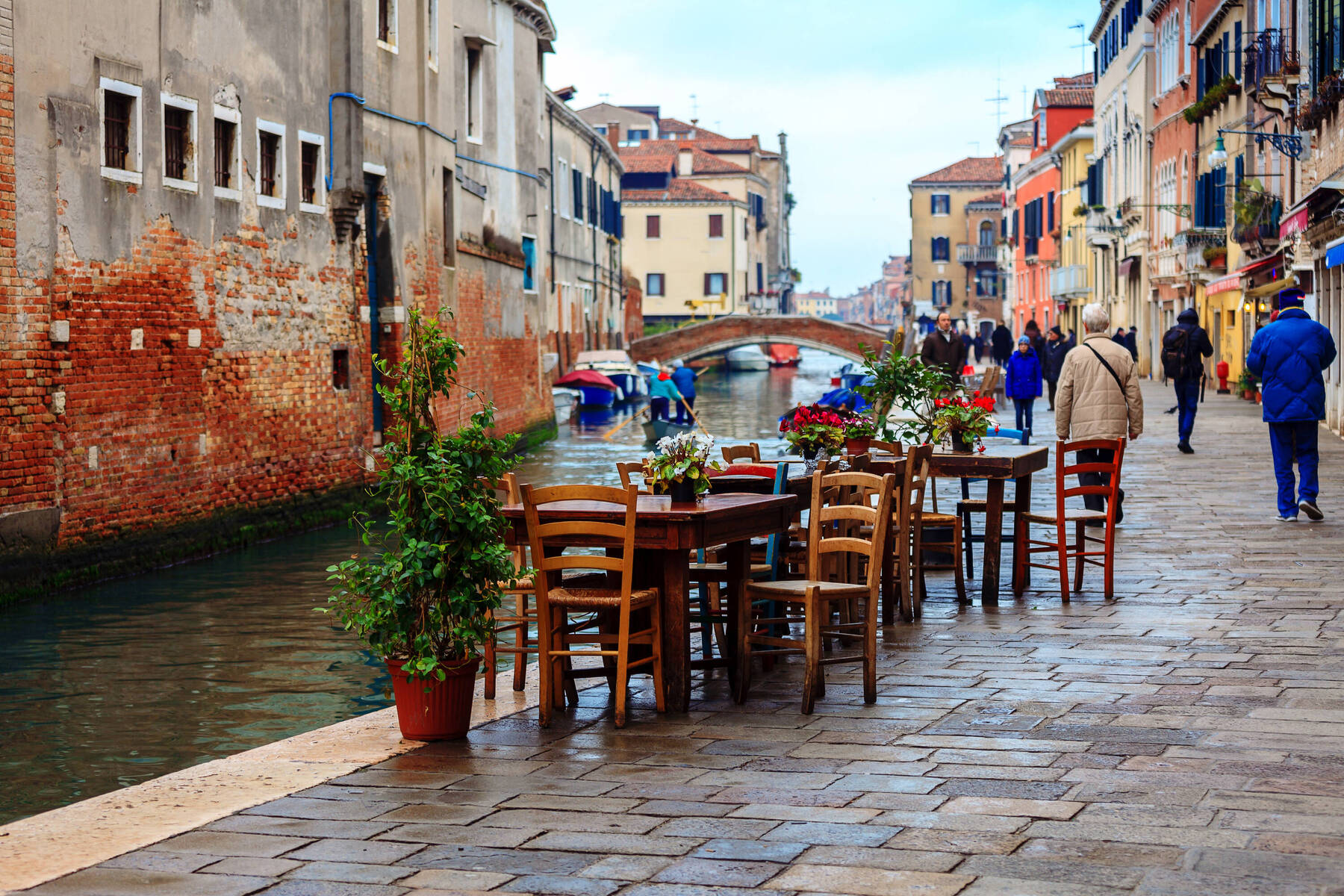
Canal Cannaregio in Venice, Italy
Photographer: Toriru
Become a member to join the conversation!
Become part of the world's leading travel & lifestyle community!
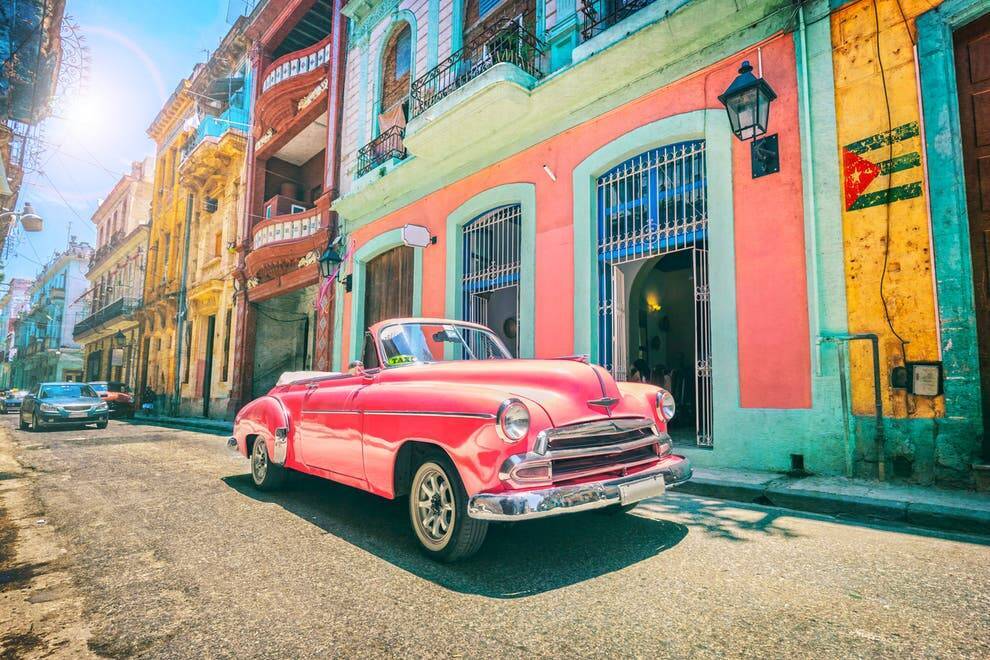



Comments